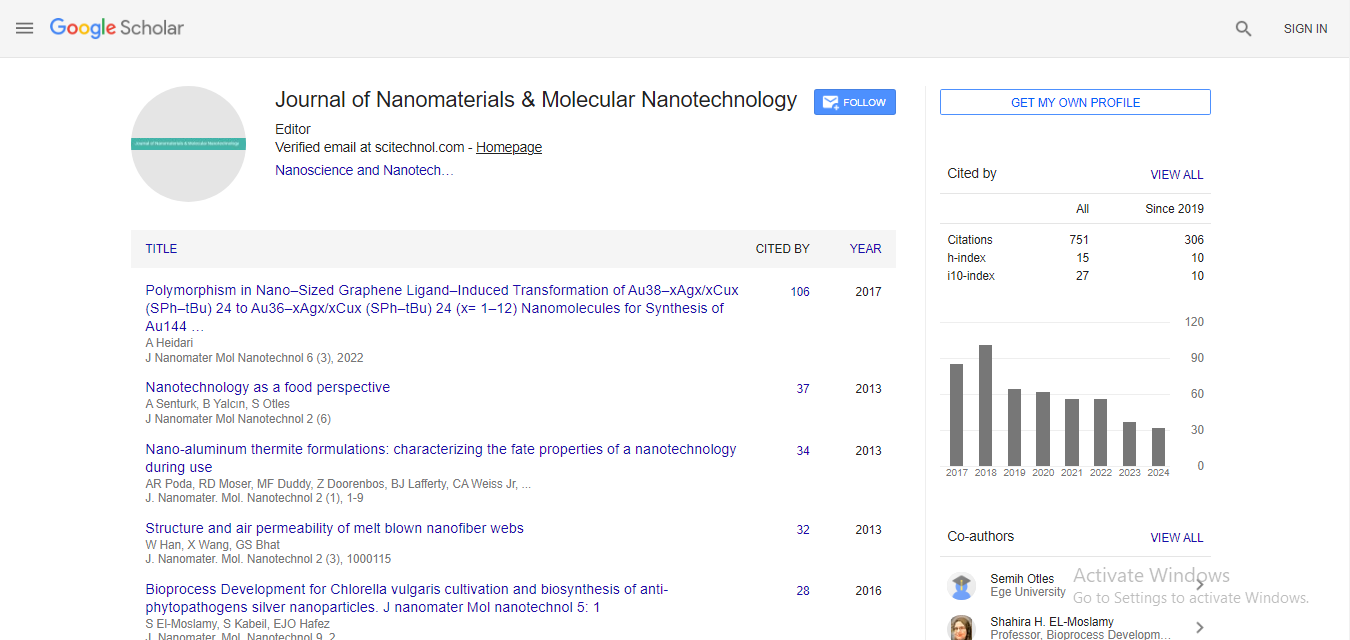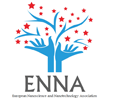X-ray nanochemistry: Concepts and development
Ting Guo
University of California-Davis, USA
: J Nanomater Mol Nanotechnol
Abstract
X-ray nanochemistry is a new discipline that has been researched for nearly two decades. It is formally named in 2012. X-ray nanochemistry studies how to use nanomaterials to increase the effectiveness of X-ray radiation. An example is to use an X-ray scintillating nanoparticles to absorb X-rays and emit UV-V is photons and then use dye molecules to resonantly absorb the photons and generate reactive oxygen species. Another example is to use gold nanoparticles as catalysts to increase the conversion efficiency of radical intermediates produced by X-ray irradiation. In this talk, the overall field of X-ray nanochemistry is reviewed, including basic concepts and applications, which include catalysis, biology and medicine.
Biography
Ting Guo has completed his PhD from the Department of Chemistry at Rice University and postdoctoral training from the Department of Chemistry at the University of California, San Diego. He joined the faculty of the Department of Chemistry at University of California, Davis in 1999 and served as the chair of the department from 2016 to 2018. He has published nearly 100 papers and recently a book on X-ray nanochemistry (Springer International Publishing).
E-mail: tguo@ucdavis.edu
 Spanish
Spanish  Chinese
Chinese  Russian
Russian  German
German  French
French  Japanese
Japanese  Portuguese
Portuguese  Hindi
Hindi 



